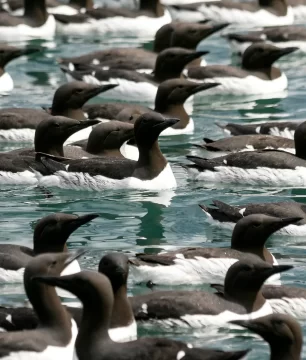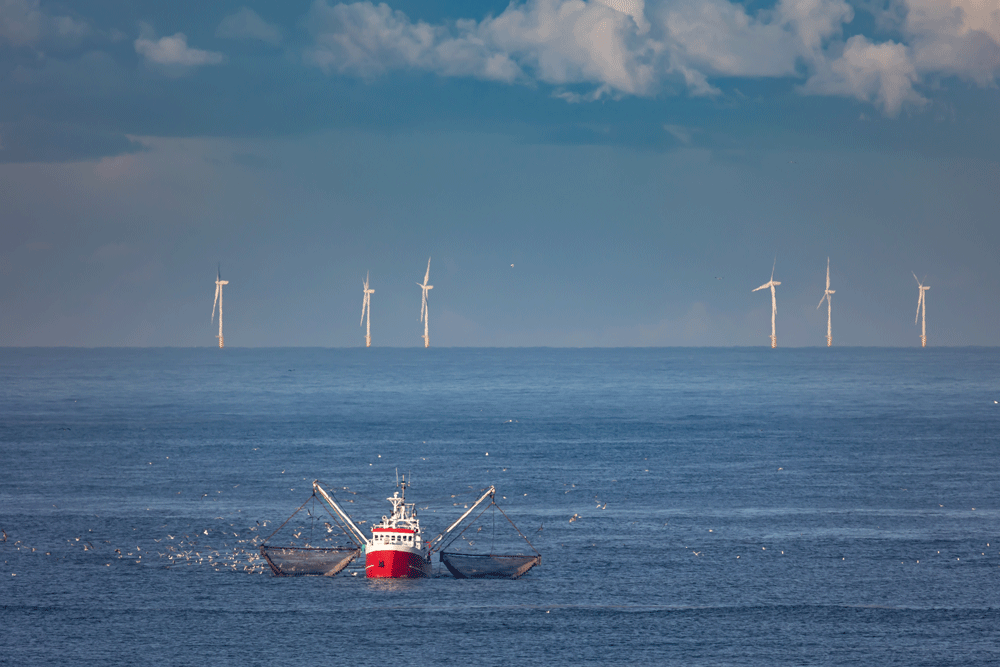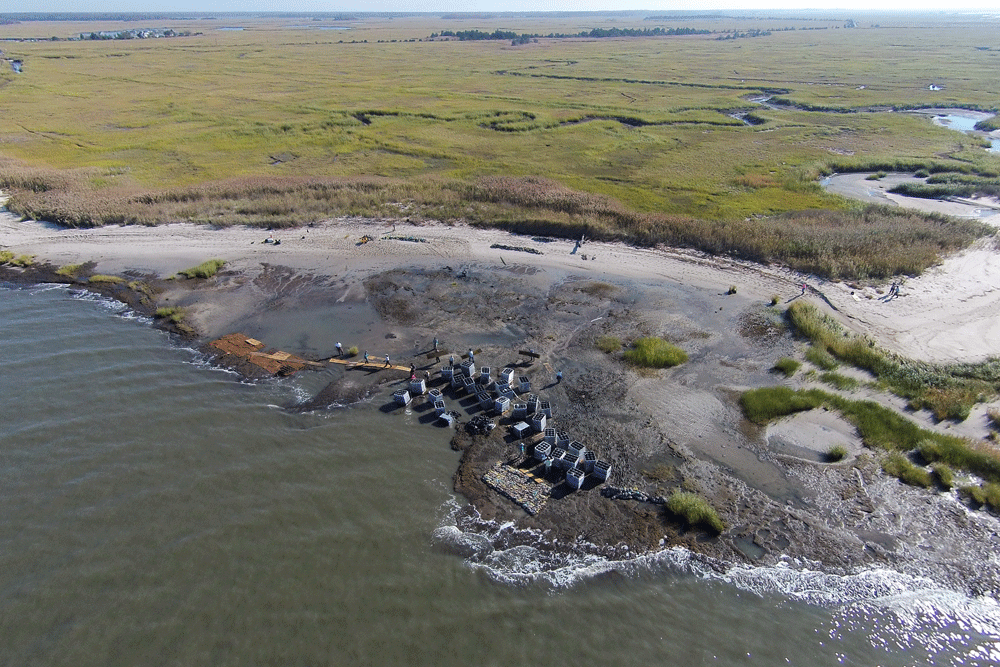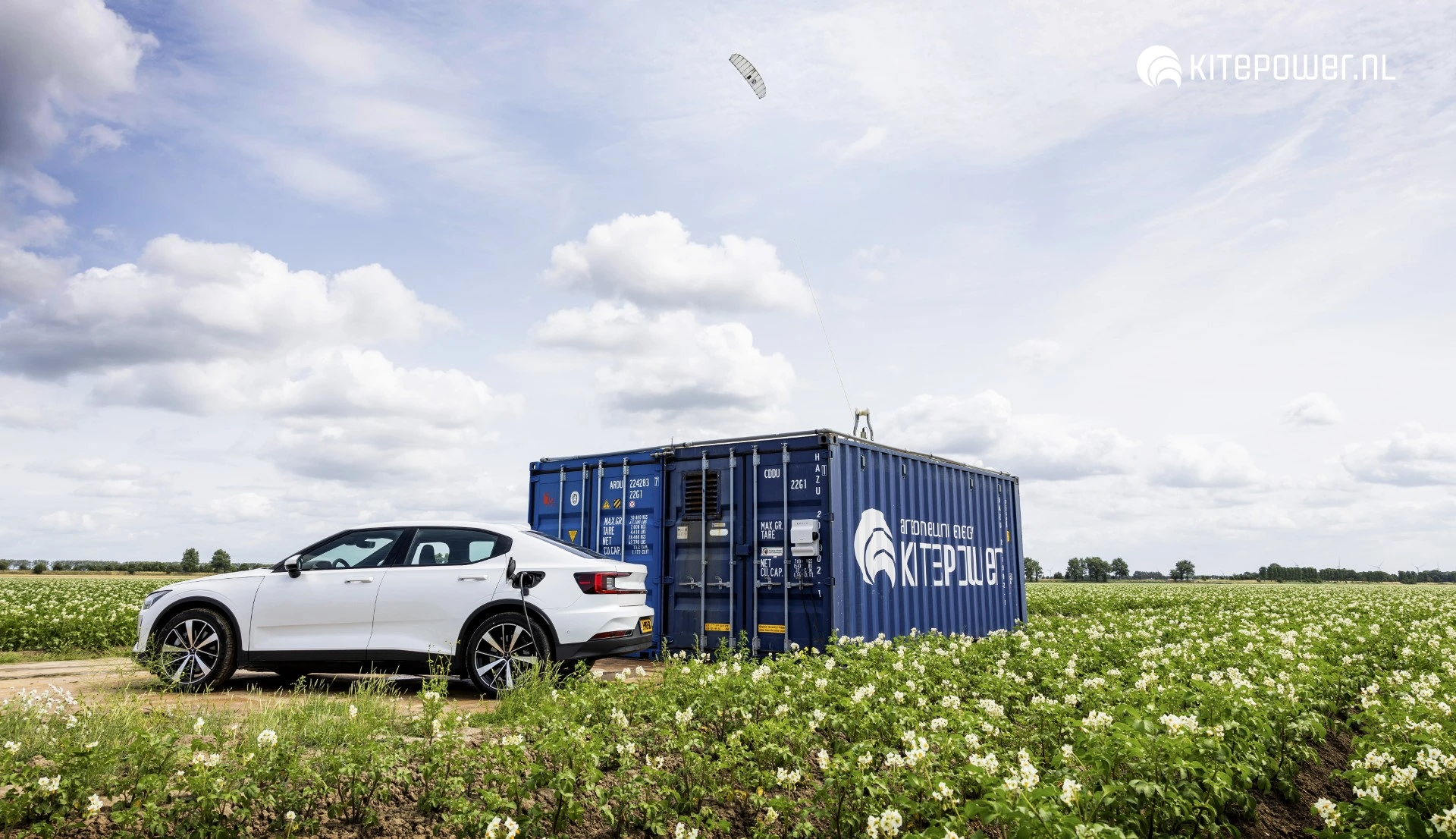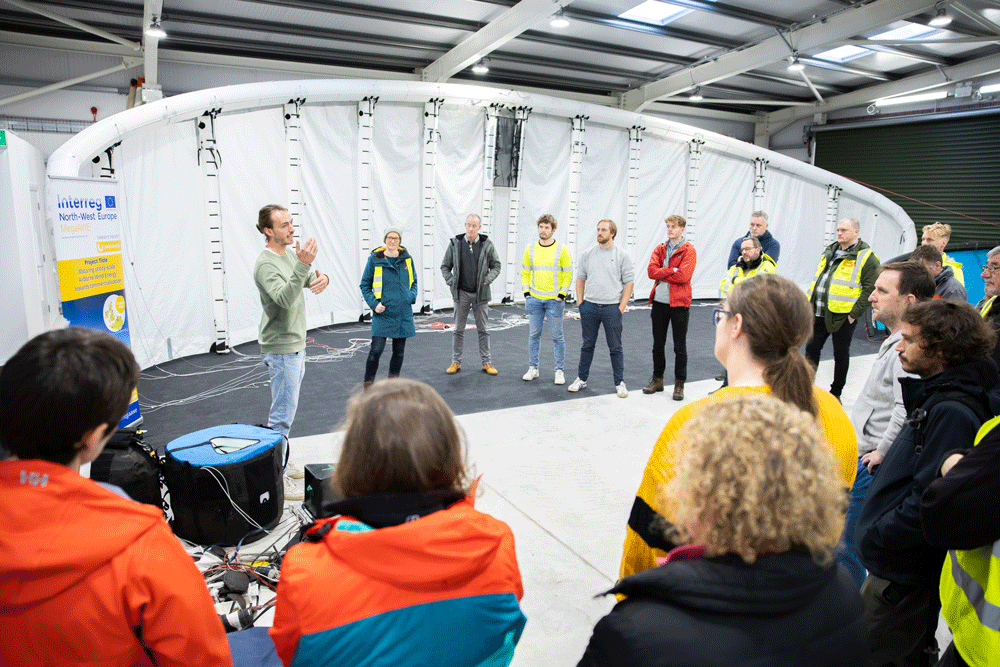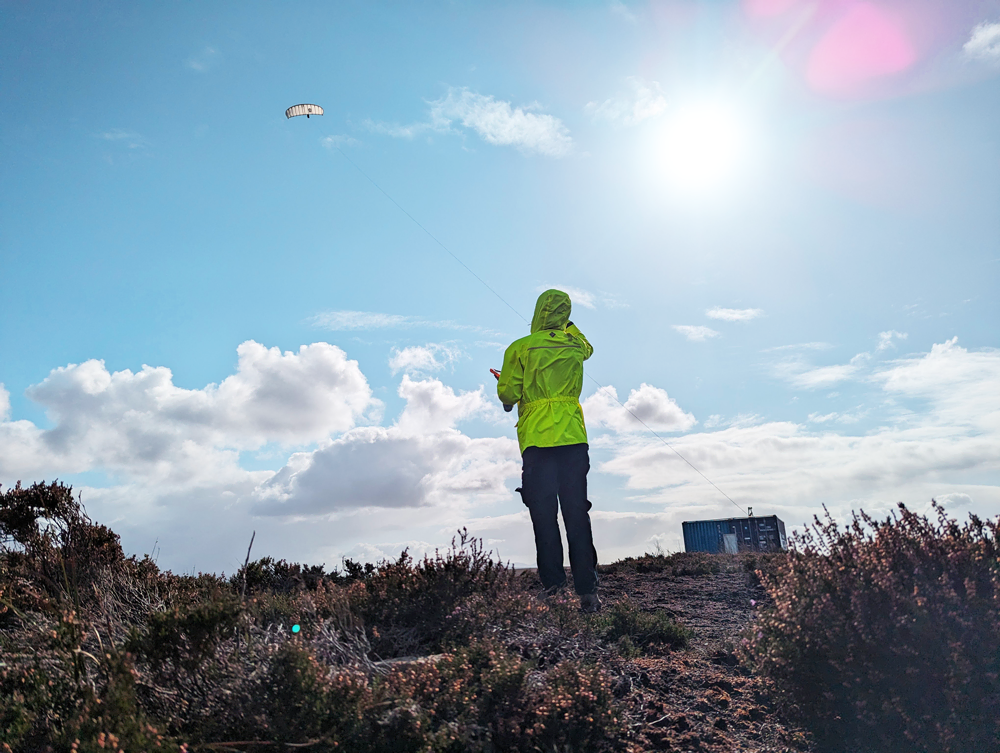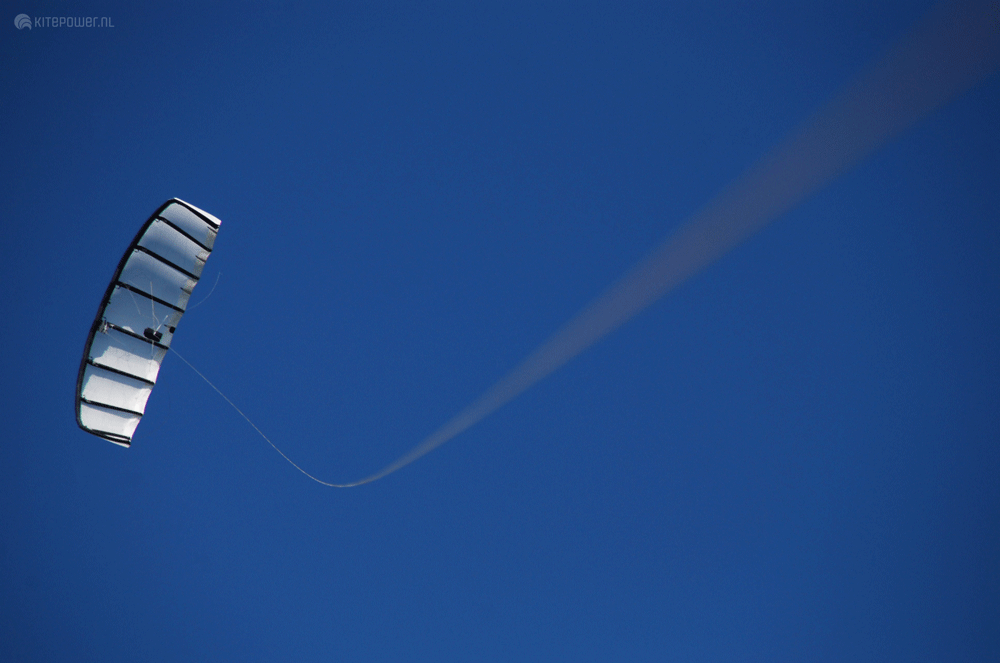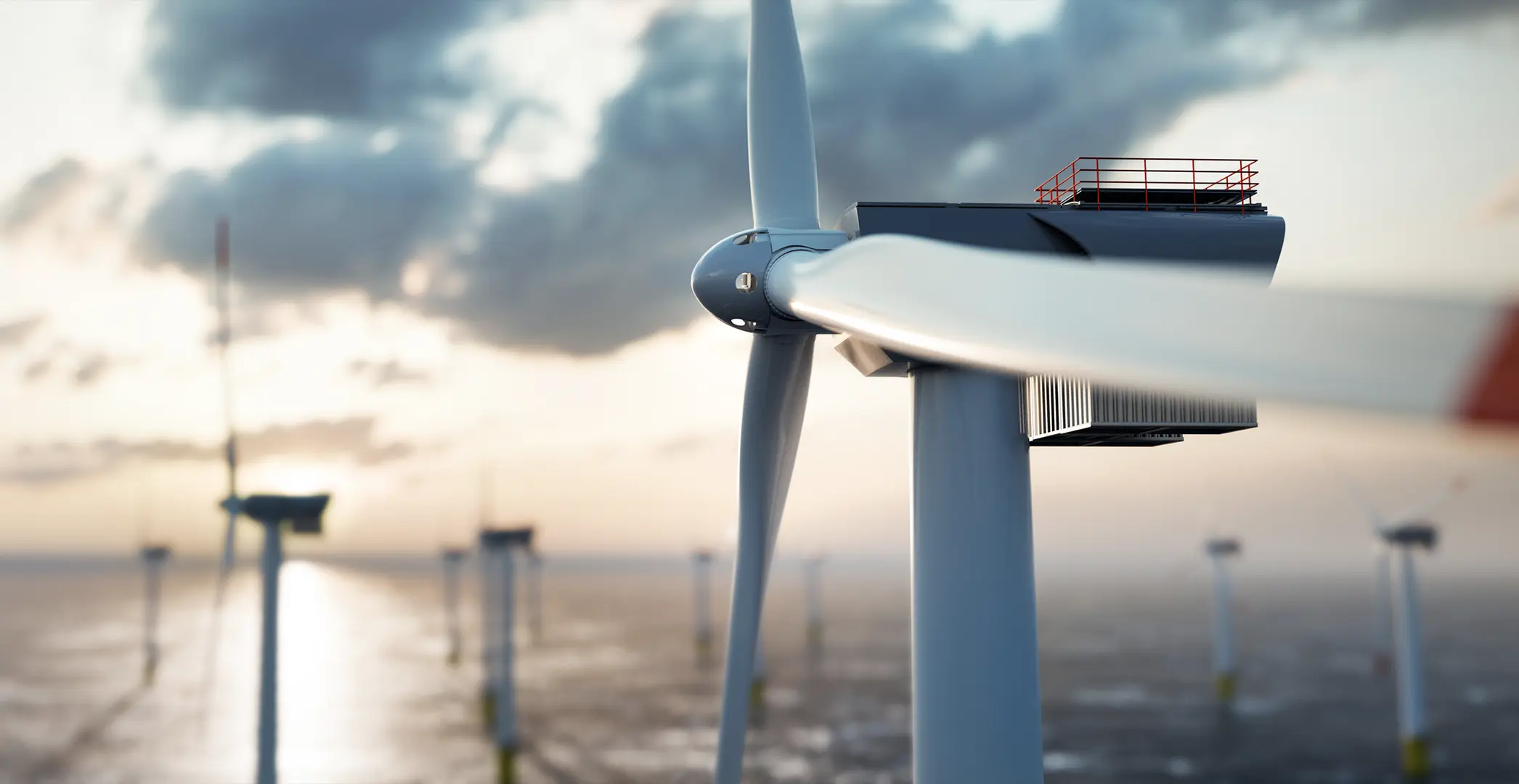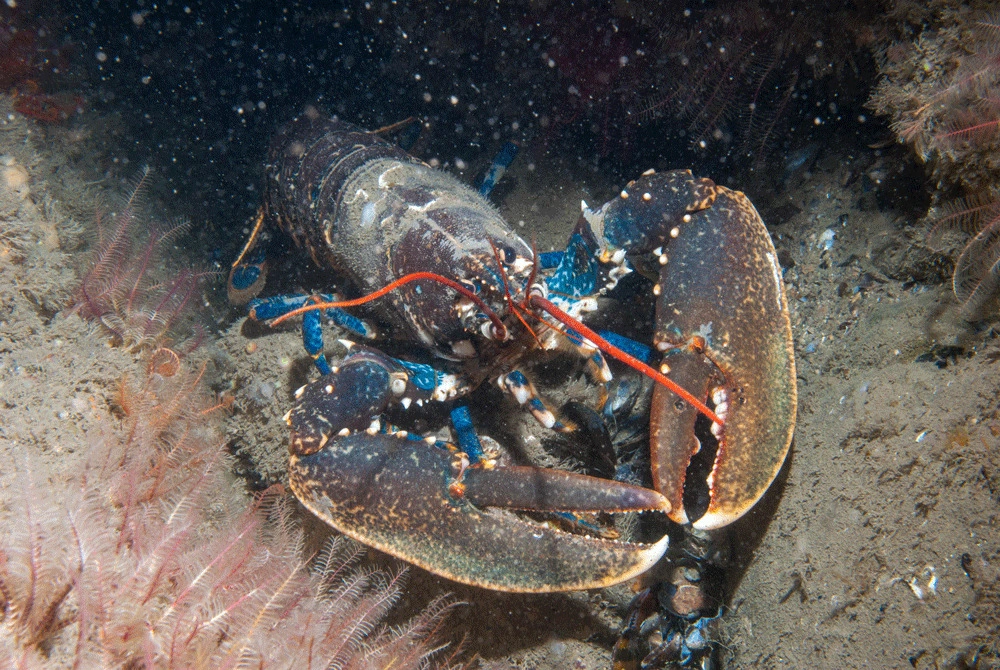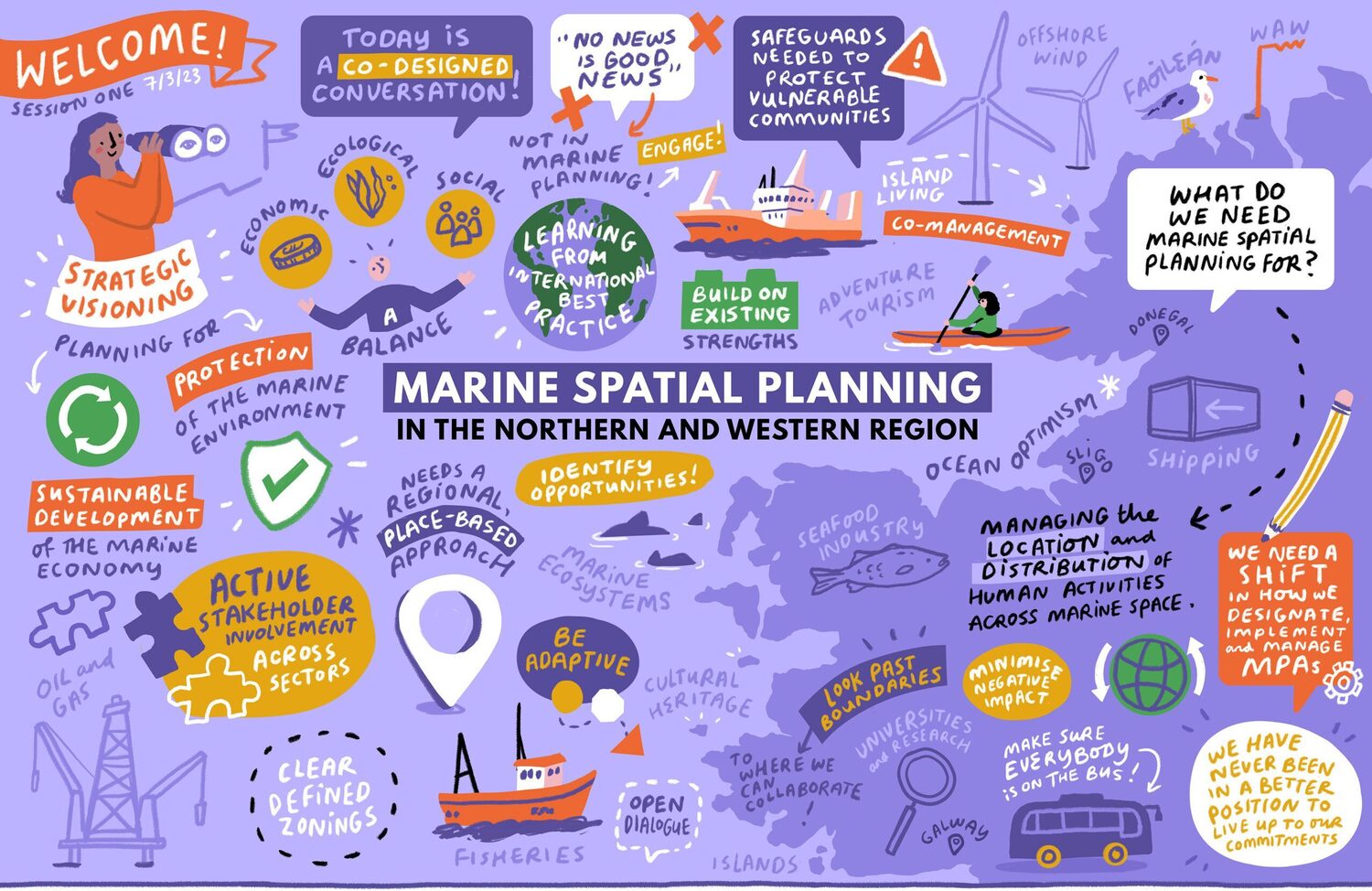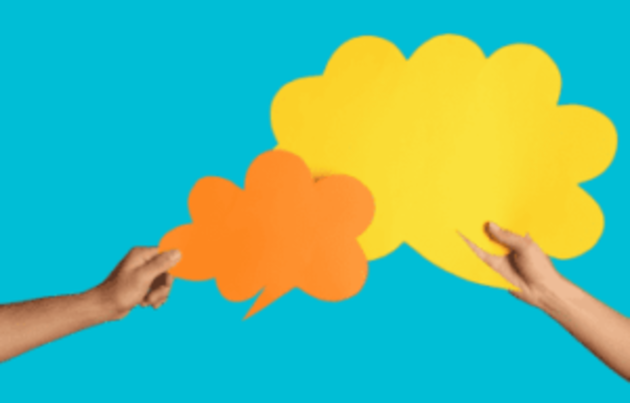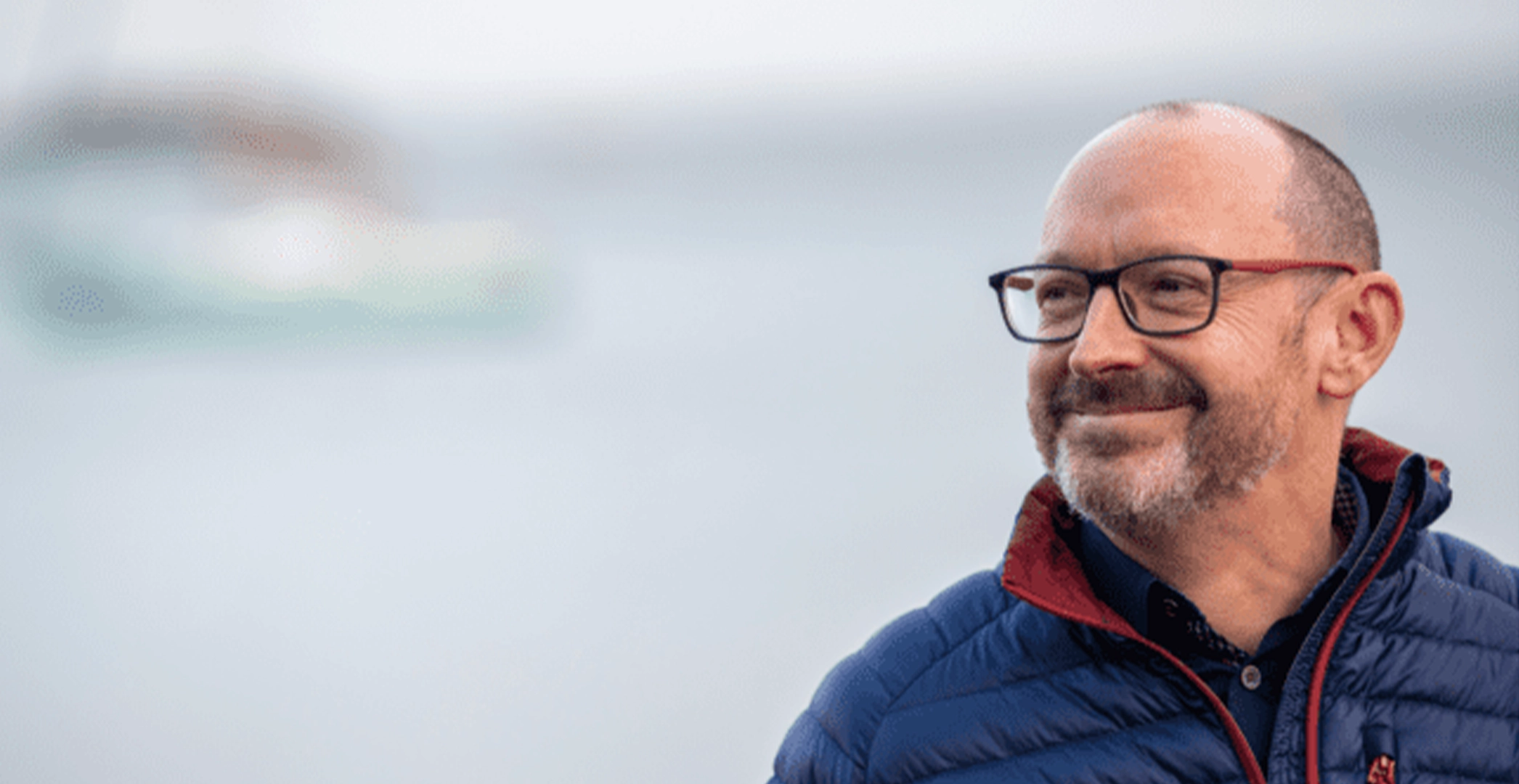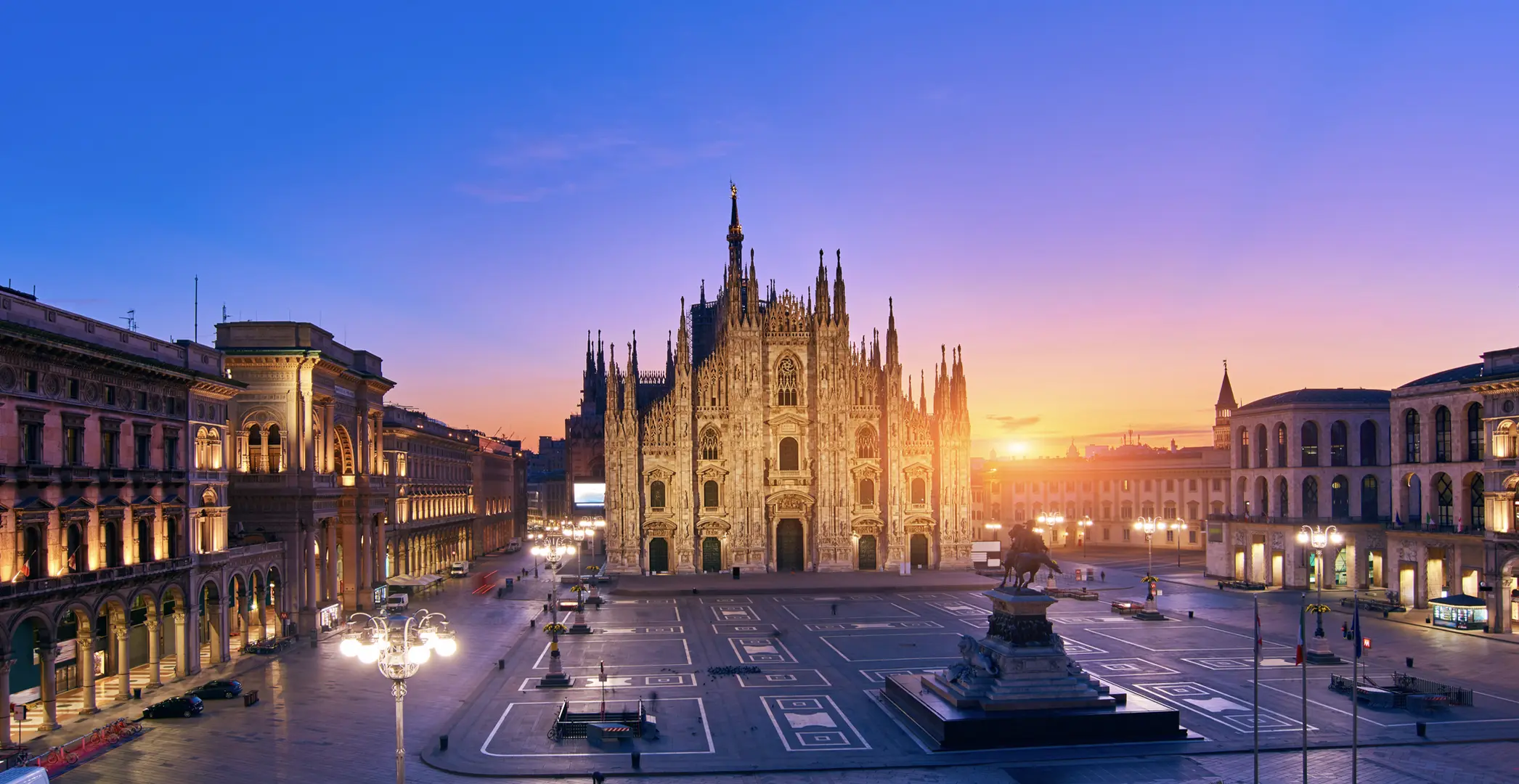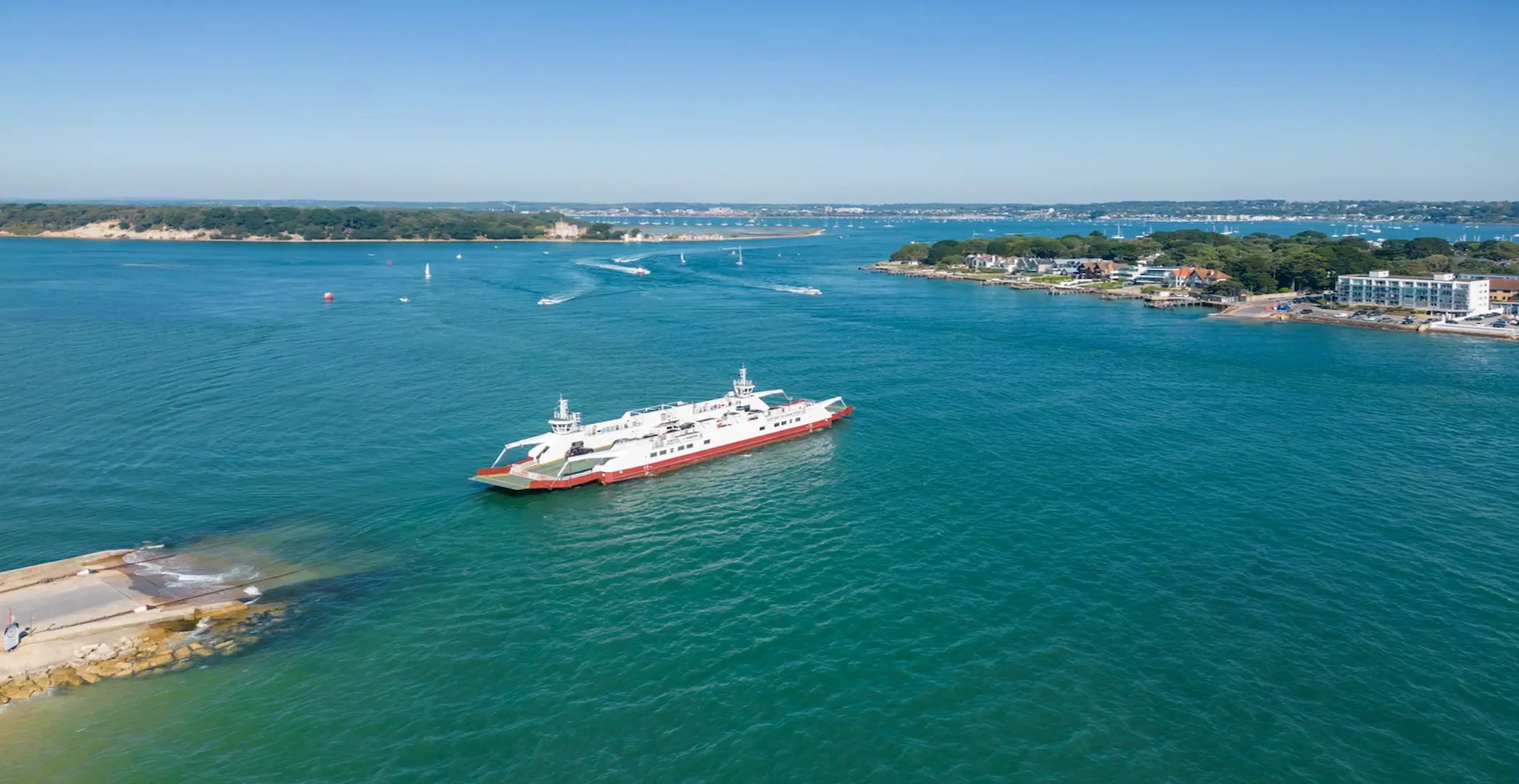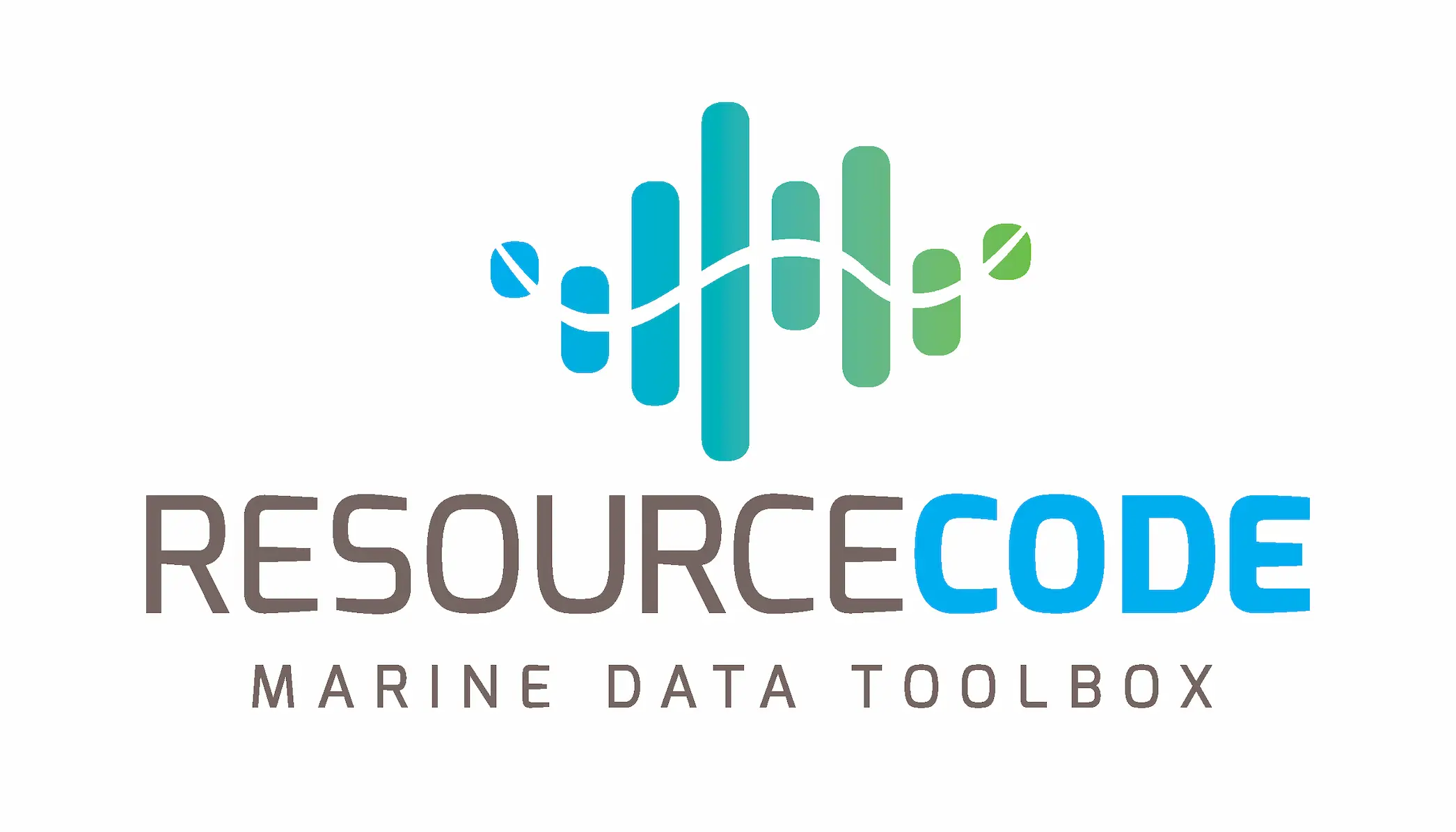Doing maritime ecological surveys with UAVs?
The U-AVES system has potential to reduce the number of site-based personnel, logistics, materials, CO2 emissions, weather downtime, costs and risk of accidents and could reach areas inaccessible by traditional methods.

We are delighted to announce the launch of the Uncrewed Aerial Vehicles for Ecology Surveys (U-AVES) project, a transformative collaboration between industry leaders and academia with the potential to revolutionise ecological surveys in Ireland through the use of Uncrewed Aerial Vehicles (UAVs).
Funded by the Sustainable Energy Authority of Ireland (SEAI) National Energy Research Development and Demonstration (RD&D) Funding Programme 2022, this innovative project was made possible through the partnership of A-techSYN, Atlantic Technological University, BlueWise Marine, and Energia Renewables.
Are you involved in investigative activities in the offshore environment? Take our survey and help us better understand your demands and concerns about the use of UAVs for ecological monitoring.
Conventionally, ecological surveys require many experts, high mobilisation costs, time, and resources. They are typically conducted using boats or piloted aircraft, which are usually imported from elsewhere, with experts identifying birds in-situ or from digital imagery after the survey has been completed. The U-AVES system has potential to reduce the number of site-based personnel, logistics, materials, CO2 emissions, weather downtime, costs and risk of accidents and could reach areas inaccessible by traditional methods.
The U-AVES project will utilise cameras and sensors deployed on a long endurance VTOL (vertical takeoff and landing) fixed wing UAV to capture imagery of seabirds and marine mammals in two Proof of Concept Flights in study areas yet to be defined. This project aims to optimise sensor selection, flight operations and aircraft controls, while also validating the technology’s efficacy in conducting large-range offshore ecological surveys.
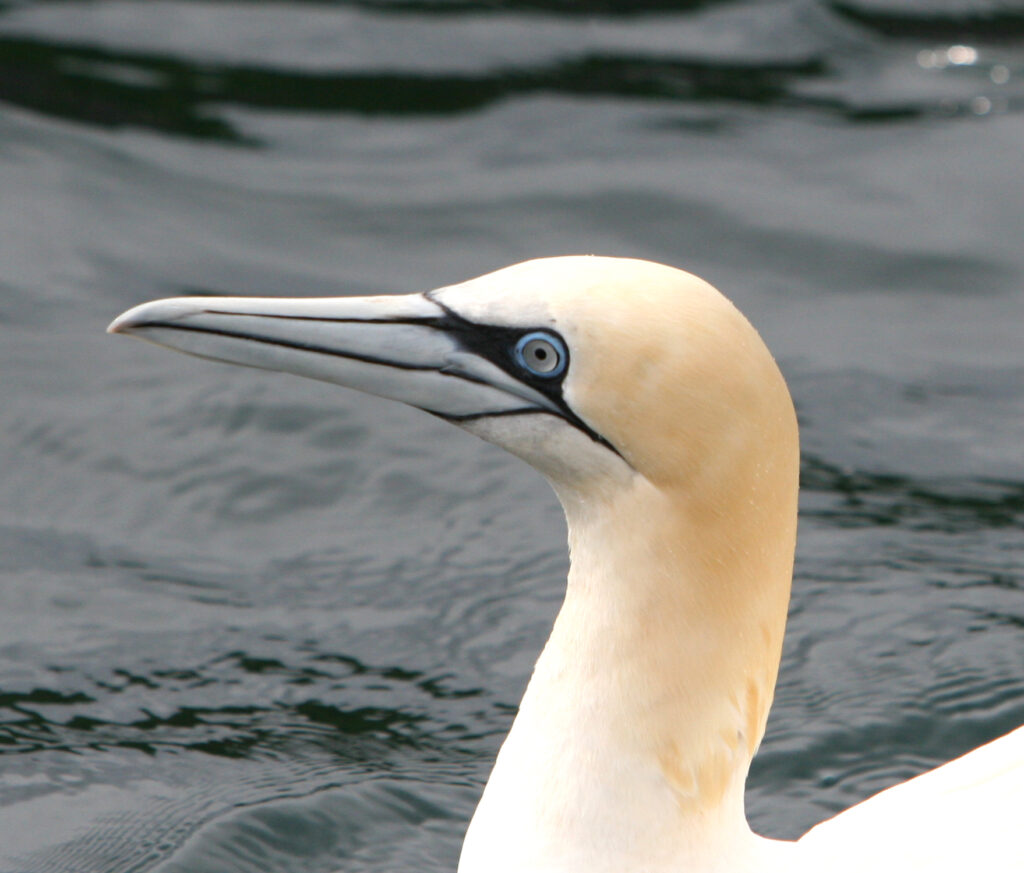
Project partner, A-techSYN, are industry leaders in the use of UAVs for research, with particular expertise in the use of VTOL UAVs. This IAA-approved Irish company, based in Shannon Co. Clare are also a designer and developer of end-to-end solutions for UAV flight operations, who build and operate the UAV with in-house software and design. A-techSYN are dedicated to pushing the boundaries of technological advancement and delivering state-of-the-art solutions to meet the evolving needs of our modern world, having developed a cloud GCS programme that will revolutionise the way UAVs operate
A-techSYN CEO, Gökhan Çelik said: “As an Irish company providing end-to-end solutions into the Uncrewed Aerial Systems (UAS) market, A-techSYN is proudly leading the way in innovation. We are very happy to use the immense know-how we accumulated over the last decade in this project to design, develop and prof-test commercially advantageous methods for offshore surveys to be completed. Beside the commercial advantage and health and safety risk mitigation, the solution developed will provide huge environmental benefits.
We are excited to apply our know-how of selecting and integrating state-of-the-art sensors, combining it with our capacity to increase flight performance based on real time sensor feedback in this project which at the end will enable Ireland to fast track the move to offshore renewables that is required to achieve Ireland’s climate goals.”
Researchers from Atlantic Technological University have first-hand experience with both in-situ and post-survey identification through imagery and are welcoming the innovative approach of the U-AVES project to reduce the grueling schedule of producing these surveys.
Dr. Ian O’Connor, Head of Department of Natural Resources and the Environment at ATU said: “The U-AVES project is another example of the close links between ATU and maritime industries. We are delighted to partner with BlueWise Marine, A-techSYN, and Energia Renewables in this research to enable regional and national objectives for the sustainable development of offshore renewable energy.”
In addition to the highly technological and academic aspects of the U-AVES project, industry experts BlueWise Marine aim to utilise their expertise in stakeholder engagement and promotion to define user requirements through engagement with industry and public sector stakeholders relevant to the Offshore Renewable Energy (ORE) industry ensure that the U-AVES solution meets the needs of this growing sector.

Louise O’Boyle, Director and Senior Project Manager at BlueWise Marine said: “Supporting innovation in the marine technology and offshore renewables sectors is at the core of what we do at BlueWise Marine. We see tremendous potential in this technology, not only for monitoring of birds and marine mammals, but for other offshore applications too. We are looking forward to engaging with industry stakeholders and our project partners to align the project with those requirements to improve quality and reduce risks and impacts of marine projects.”
BlueWise Marine will also assist A-techSYN and ATU in mapping the regulatory framework that is required to obtain permits for the proof-of-concept flights over Irish waters.
Findings from the project will be published to ORE stakeholders to assist in the future commercialisation of this service to the ORE industry. Direct collaboration with Energia Renewables, an energy utility and developer of offshore wind farms in Ireland, will allow the project to work closely with the project’s target market.
Offshore Environmental and Consents Manager at Energia Renewables, Dr. Caroline Roche said: “We are delighted to be the ORE industry partner supporting this innovative project. We look forward to working with ATU, A-techSYN, and BlueWise Marine, and seeing the results and how they might shape the future of ecological surveys and data acquisition for offshore windfarms. The collection of robust baseline data is critical for the development and consenting of offshore windfarms, which are essential to Ireland meeting our 2030 climate action plan targets.”
The U-AVES Project aims to promote an innovative, new approach to the use of VTOL UAV technology in environmental surveys, which is not only useful for the ORE industry, but to other sectors such as government agencies, researchers, and industry. It hopes to transform the future of ecological surveys.
